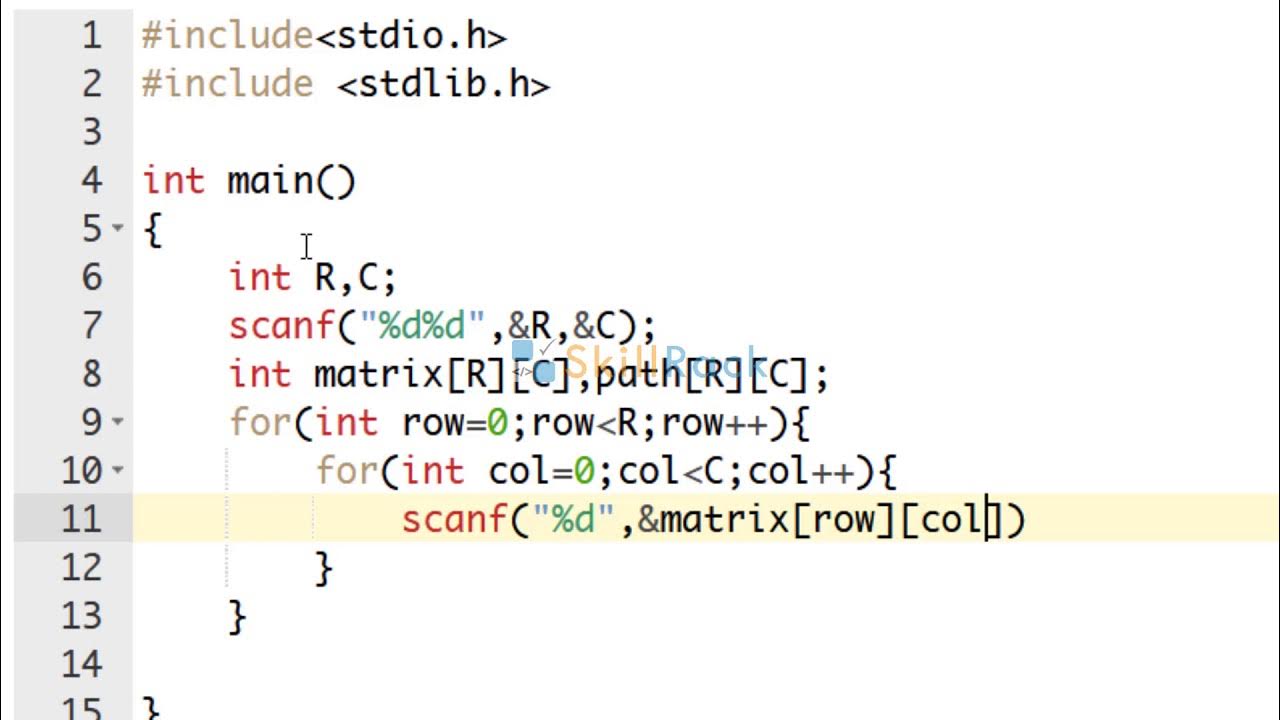Primary Division Fingerprint Classification (filipino)
Summary
TLDRThe transcript explores a complex process related to fingerprint classification and numerical value assignment for primary division. It discusses methods of assigning values to various fingers, categorizing them into pairs and calculating numerical patterns. Throughout the script, there are references to division, sequencing, and various mathematical principles, including numerators and denominators. The content is intricate and references examples, numbers, and technical terms, which may relate to a specific system or analysis model in a scientific or educational context.
Takeaways
- 😀 The script covers fingerprint classification and its association with numerical values assigned to specific fingers.
- 😀 It discusses the concept of numerical pairings (e.g., 16, 8, 4, etc.) in relation to finger positioning, possibly for classification purposes.
- 😀 Various hand positions are referenced, including pairings for both the right and left hands, with specific fingers assigned numerical values.
- 😀 The use of the 'numerator and denominator' is frequently mentioned, possibly to explain how calculations or values are derived from fingerprint or hand patterns.
- 😀 The script makes references to sequential numerical patterns, including odd and even numbers (e.g., 1, 3, 5 for odd; 2, 4, 6 for even).
- 😀 Numerical values are used to create a method for interpreting and organizing the classification system based on finger positions.
- 😀 Terms like 'primary division,' 'sub primary division,' and 'human plane' are introduced, suggesting layers of classification.
- 😀 There are references to complex arithmetic, like the summing of values (e.g., 16 + 4 + 28 + 2) to derive a final numerical result.
- 😀 A specific numerical outcome (31) is mentioned as part of a larger equation or pattern.
- 😀 The script touches on abstract concepts like the 'world' and 'plane,' which could relate to specific regions or frameworks in fingerprint analysis or other related systems.
Q & A
What is the main topic discussed in the transcript?
-The main topic in the transcript appears to revolve around fingerprint classification, numerical values assigned to fingers, and primary divisions. It also mentions some concepts related to patterns, fractions, and basic mathematical operations.
What is the significance of the numbers 1 to 5 and 6 to 10 in the script?
-The numbers 1 to 5 refer to the right-hand fingers, and 6 to 10 correspond to the left-hand fingers. These numbers are associated with fingerprint classification and help identify specific fingers.
What does the term 'primary division' refer to in the context of the transcript?
-The 'primary division' seems to refer to how different fingers or groups of fingers are categorized or classified within the broader system of fingerprint identification.
How are numerical values assigned to the fingers in the transcript?
-The transcript suggests that each finger is assigned a numerical value, with the right hand numbered 1 to 5 (from thumb to little finger) and the left hand numbered 6 to 10. These values are likely used in fingerprint classification and analysis.
What is the role of the 'numerator' and 'denominator' in the discussion?
-The terms 'numerator' and 'denominator' seem to be related to mathematical operations or divisions. The transcript uses them in reference to patterns and numerical calculations involving even and odd numbers.
What do the terms 'odd numbers' and 'even numbers' signify in the script?
-Odd numbers (1, 3, 5, 7, 9) and even numbers (2, 4, 6, 8, 10) are mentioned as part of a calculation process. They seem to be used to break down or classify data in a numerical system related to fingerprint analysis.
Can you explain the pattern mentioned with the numbers 16, 4, 28, 2, 10, and 31?
-The pattern involves adding various numbers together, such as 16 + 4 + 28 + 10 + 2 + 1, which totals 31. This pattern likely represents a specific calculation or algorithm used in fingerprint classification or another numerical system.
What does the script mean by 'primary classification'?
-Primary classification in the context of the script seems to refer to the main system or method used to categorize and identify fingerprints based on numerical values and divisions.
What role does the concept of 'pairs' play in the transcript?
-The transcript discusses 'pairs' such as the first pair, second pair, and so on. These pairs are likely groups of fingers or sets of numerical values that are processed or analyzed together in fingerprint classification.
How does the script refer to the process of adding numbers together?
-The script mentions adding numbers like 16 + 4 + 28 + 10 + 2 + 1 to reach a total, demonstrating how numerical values are summed to form a result (e.g., 31). This process may be part of a classification or identification algorithm.
Outlines

This section is available to paid users only. Please upgrade to access this part.
Upgrade NowMindmap

This section is available to paid users only. Please upgrade to access this part.
Upgrade NowKeywords

This section is available to paid users only. Please upgrade to access this part.
Upgrade NowHighlights

This section is available to paid users only. Please upgrade to access this part.
Upgrade NowTranscripts

This section is available to paid users only. Please upgrade to access this part.
Upgrade NowBrowse More Related Video
5.0 / 5 (0 votes)





